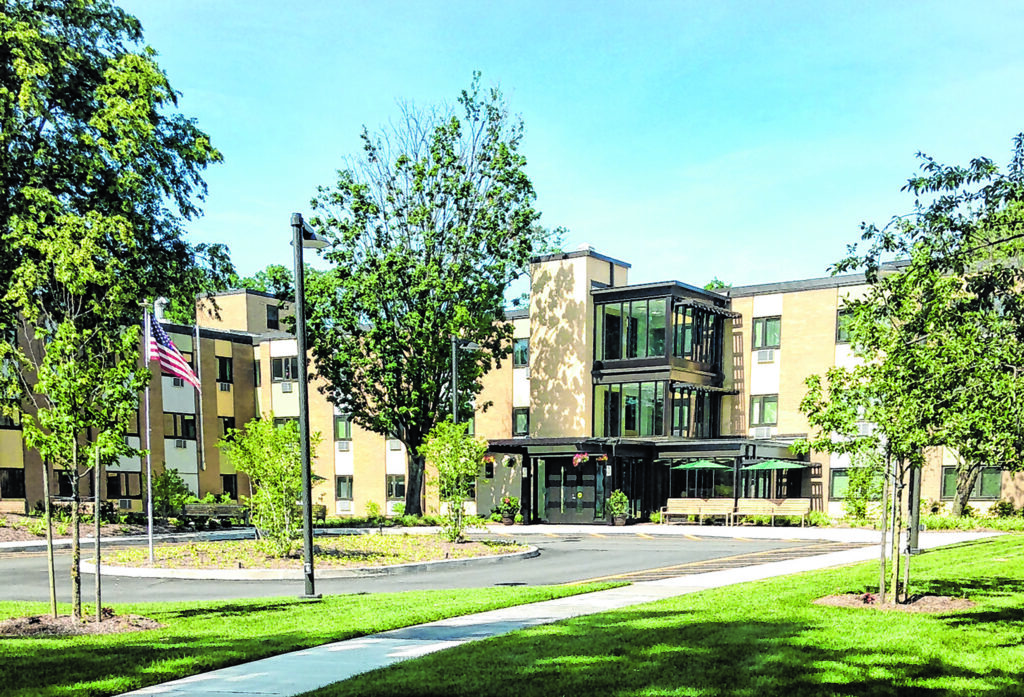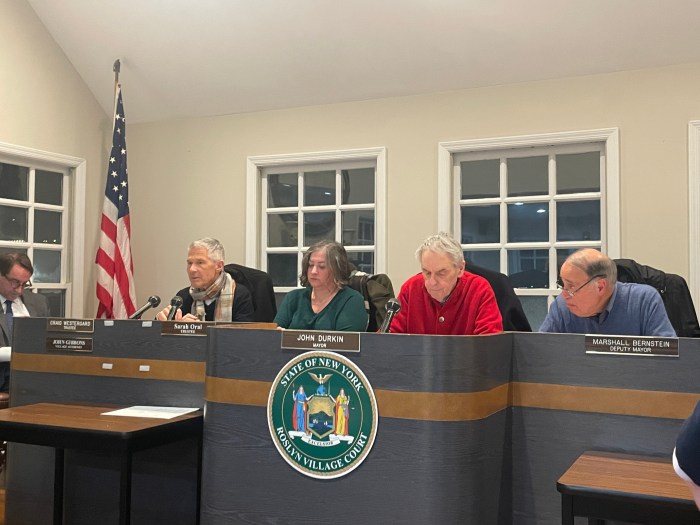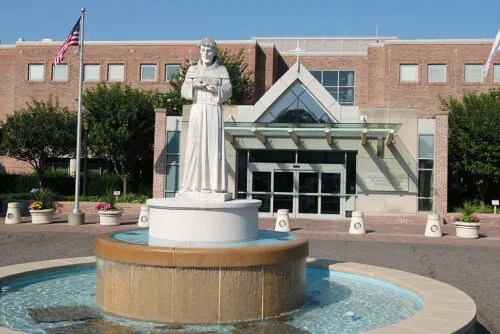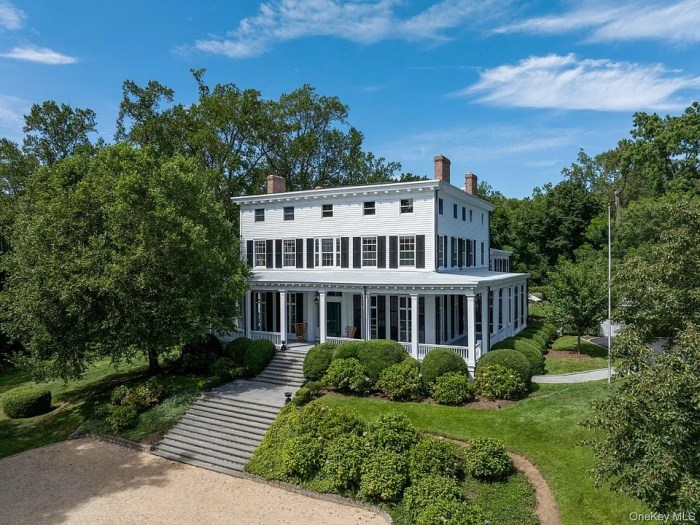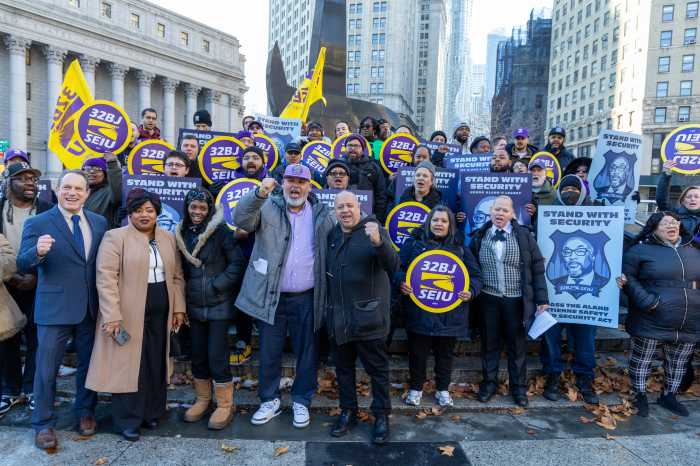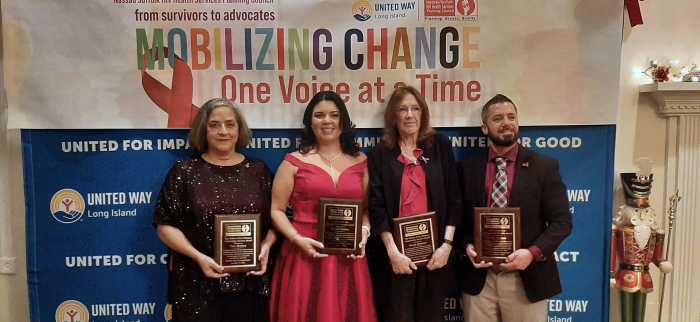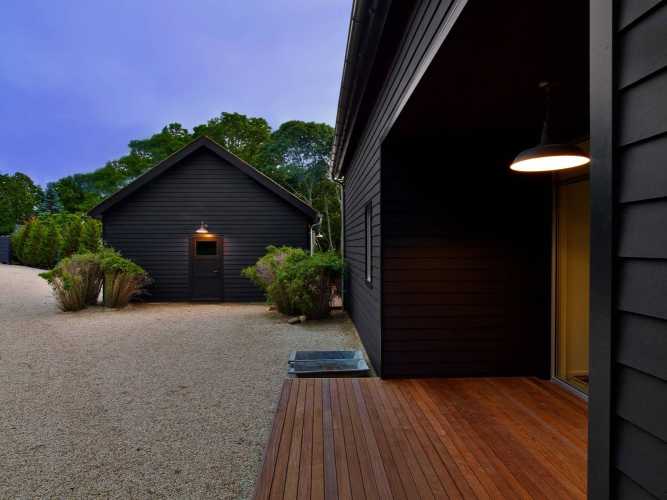Affordable housing in New York State once again has popped up as a major issue. And as before, mayors of towns and villages throughout Long Island, continue to voice their opposition.
That includes John Durkin, longtime mayor of the Village of Roslyn. The subject of the mayor’s monthly message to village residents states his objections to Gov. Kathy Hochel’s “New York Housing Compact.”

(Contributed photos)
“This [compact] is a proposed state law that looks to increase affordable housing by 3 percent a year on Long Island, and 1 percent upstate,” the mayor began. “My bottom-line reaction is—good idea, poor execution.”
“I believe we all agree that housing has become increasingly difficult for many Long Islanders and there needs to be a fix for this problem. The Governor’s proposal, while commendable in its goal, is filled with so many negative provisions that the bad outweighs the good. I think the first problem is stripping local government of home rule.
“One of the benefits of living in an incorporated village is a very present, responsive government Local officials are part of the community, we are your neighbor, readily available to take input and feedback. We are here to express the voice of the community. This law would take away that voice. It would be top-down order from Albany, a one size fits all decision-making process that does not take into consideration the unique character of Roslyn Village.
“At the center of the law is the idea of transit-oriented development (TOD). The Governor’s plan calls for dense housing (50 units per acre) within a half mile of the LIRR. If you took a compass and drew that half mile circle you would see that zone extending to Main Street and East Broadway. I cannot imagine four apartment buildings squeezed in between historic single-family homes, and that would be allowable if the law were to pass. The new law also envisions ancillary structures to be turned into housing, another ill-conceived idea.
“The law does not really address infrastructure such as sewers, fresh water, traffic, and roads. Neither does it take into consideration environmental issues. We are a harbor town with an obligation to protect our great natural resources. Finally, there is a sense of place to be considered. Over the years we have worked really hard to preserve and protect the character of Roslyn. We are an historic village with many fine examples of American architecture. To intrude into this district with inappropriate buildings would be a grievous mistake. The law needs to be seriously rethought.
“At the top of the letter, I mentioned that I thought the compact was a good idea. I think it’s such a good idea that we have already accomplished it in our village. With a little bit of foresight and geographic luck, Roslyn has approved a TOD in Warner Avenue. We are in the process of building a 52-unit apartment building across from the LIRR station. But this building is part of a multiyear project that included many public meetings, where we took expert testimony, resident input and witnessed many revisions. In the end we felt the project benefits outweighed the impact. We are particularly happy that there will be 20 percent set aside for workforce housing. The Governor’s plan only calls for 10 percent.
“I think the point is that local government can and will act progressively without the heavy hand of the upstate legislature. Our administration recognized early on the need for this approach and we planned for smart growth in the village.”
In the mayor’s January newsletter, Durkin addressed the issue of developer’s fees.
“When a major project comes before our board, it starts a series of events for us to review and decide. If it’s substantially within the parameters of the zoning district in which it is proposed, we will indicate our willingness to hear the application,” the letter stated. “We will bring on experts to guide us through the process. These experts will include traffic, building and environmental engineers…We consider traffic, noise, and other environmental impacts. We make sure it conforms to height and density regulations. We also consider compatibility, architectural integrity and, if necessary, historical appropriateness.
“If the proposed project checks all these boxes, it then is brought before the board for public review. We take input from residents and property owners who might be affected by the new building. It is our job as trustees to weigh the impact versus the benefit to the village. If we agree that the benefits outweigh the impacts, and feel the project should move forward, we attempt to mitigate those impacts by attaching conditions to the application.” And that includes developer’s fees.
“I think these fees have been an effective tool for us,” the letter concluded. “As I became more familiar with local zoning, smart growth strategies, and responsible development, the idea of an impact fee has made more and more sense. The board of trustees recognized that we would see our village grow, that developers saw opportunity in our community and would look to build here. It is our job to make sure that the new projects are consistent with our vision and that any new building will complement, not contrast, with what was already there. We strive to ensure that any impact can be mitigated sufficiently enough so as to make that impact as harmless as possible.”




